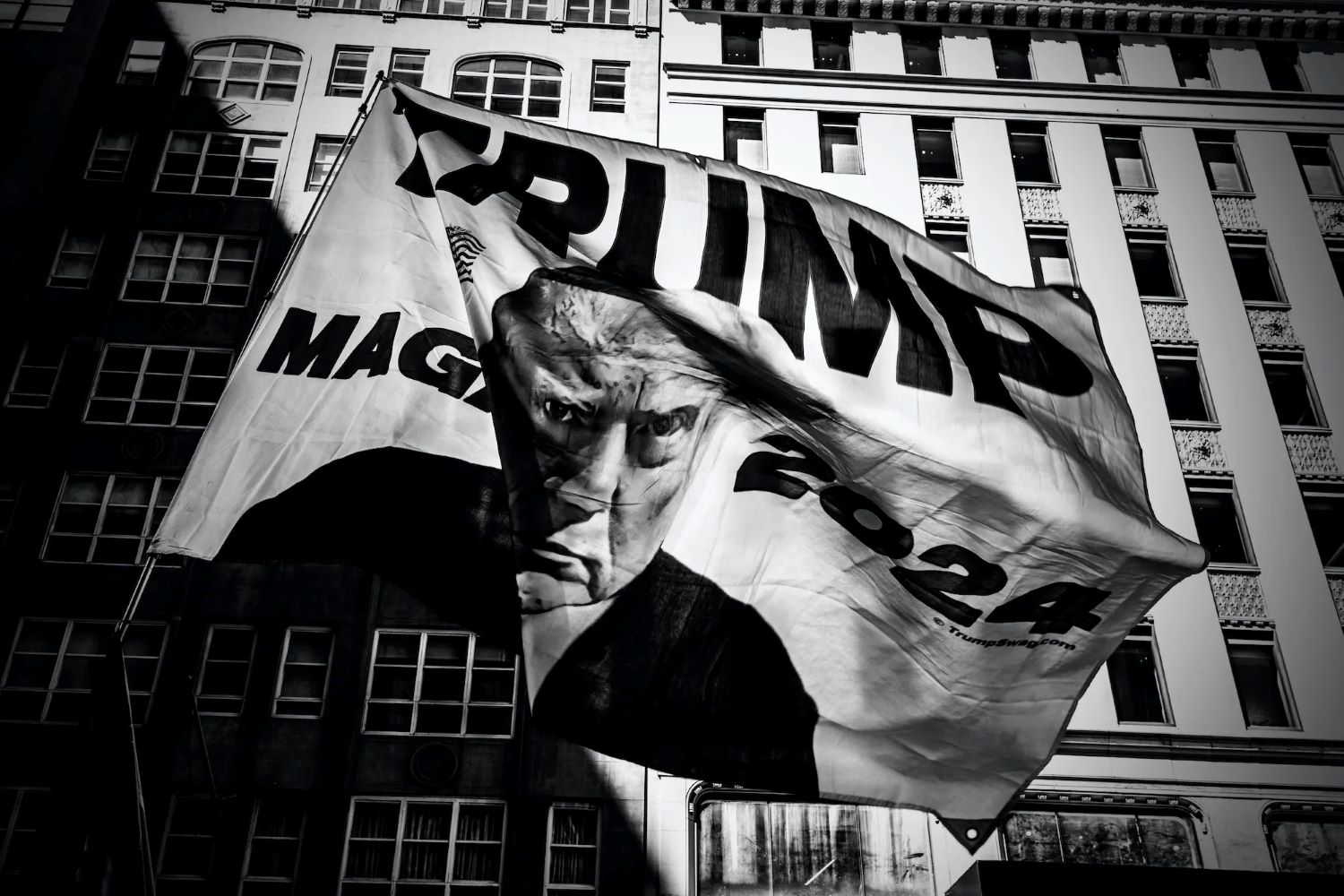Toner News Mobile › Forums › Toner News Main Forums › Is Trump Good for the Print and Toner Industry?
- This topic is empty.
-
AuthorPosts
-
jimKeymasterIs Trump Good for the Print and Toner Industry?
The printing industry is one of the most important and diverse sectors of the US economy, employing over 800,000 workers and generating over $80 billion in annual revenue. The industry includes various segments, such as commercial printing, packaging, labels, direct mail, newspapers, magazines, books, catalogs, and office products, as well as different technologies, such as inkjet, laser, offset, flexo, and digital. The industry is also influenced by various factors, such as the economic conditions, consumer preferences, technological innovations, environmental regulations, and political developments.One of the most significant political developments that has affected the printing industry in recent years is the presidency of Donald Trump, who took office in January 2017 and left in January 2021. Trump’s policies, actions, views, and behaviors have had a mixed and complex impact on the printing industry, both positive and negative, depending on the perspective and criteria of the analysis. In this article, we will examine some of the main aspects of Trump’s impact on the printing industry, and try to answer the question: Is Trump good for the printing industry?
Some of the specific policies that have benefited the printing industry include: The Tax Cuts and Jobs Act of 2017, which lowered the corporate tax rate from 35% to 21% and allowed businesses to deduct 100% of the cost of new equipment purchases in the year of acquisition, rather than depreciating them over time. This policy has encouraged businesses to invest more in new and advanced printing equipment and technologies, such as inkjet, digital, and 3D printing, which can improve their productivity, efficiency, and profitability.
The Coronavirus Aid, Relief, and Economic Security (CARES) Act of 2020, which provided $2.2 trillion in economic relief to individuals and businesses affected by the COVID-19 pandemic. This policy has helped many printing businesses to survive and recover from the pandemic, as they received loans, grants, tax credits, and other forms of assistance from the federal government.
The deregulation agenda, which aimed to reduce the regulatory burden and cost on businesses by eliminating or modifying existing rules and regulations, or by preventing new ones from being issued. This policy has reduced some of the compliance and operational costs for printing businesses, especially in areas such as labor, health, safety, and environmental standards. However, some of Trump’s actions, such as trade wars, tariffs, immigration restrictions, and environmental rollbacks, have also created challenges and uncertainties for the printing industry, which depends on global supply chains, skilled labor, and sustainable practices. Some of the specific actions that have harmed the printing industry include:
The trade wars and tariffs, which involved imposing or threatening to impose higher tariffs on imports and exports of various goods and services, especially with China, the European Union, Canada, and Mexico. This action has increased the cost and reduced the availability of raw materials, components, equipment, and consumables for the printing industry, as well as disrupted the trade relations and markets for the industry’s products and services. According to the U.S. Census Bureau, the U.S. imported $3.9 billion worth of printing ink and toner from China in 2020, down 8.5% from 2019, and exported $1.2 billion worth of printing ink and toner to China in 2020, down 10.4% from 2019. The U.S. also imposed tariffs on steel and aluminum, which are used to make printing presses and other equipment and faced retaliatory tariffs from other countries on various printed products, such as books, magazines, and newspapers.
The environmental rollbacks, which involved withdrawing from or weakening the commitments and regulations related to climate change, air quality, water quality, and waste management. This action has increased the environmental impact and risk for the printing industry, which consumes large amounts of energy, water, paper, ink, and chemicals, and generates significant amounts of emissions, wastewater, and waste. According to the U.S. Environmental Protection Agency, the printing industry was the 12th largest emitter of greenhouse gases among all industrial sectors in 2019, with 33.6 million metric tons of carbon dioxide equivalent. According to the U.S. Energy Information Administration, the printing industry consumed 0.6 quadrillion British thermal units of energy in 2018, down 9.1% from 2017.
The Political Impact: Another aspect of Trump’s impact on the printing industry is the political one, which involves how his rhetoric, style, and agenda have influenced the public opinion, demand, and consumption of printed media and information. Trump’s presidency has been marked by a high level of polarization, controversy, and misinformation, which have affected the credibility, reputation, and profitability of various segments of the printing industry, such as newspapers, magazines, books, and direct mail.
Some of the specific effects that Trump’s politics have had on the printing industry include: The increase in demand for print journalism, especially from reputable and established sources, to counter the spread of fake news, propaganda, and conspiracy theories online. Trump’s frequent attacks on the media, which he often labeled as “the enemy of the people” and “fake news”, have also motivated some readers to support and subscribe to print publications, such as the New York Times, the Washington Post, and the Wall Street Journal, which have seen their circulation and revenue grow during his presidency. However, this effect has not been uniformed across the industry, as many local and regional newspapers have continued to struggle and decline due to the loss of advertising and readership to digital platforms.
The surge in popularity and sales of books, both fiction and nonfiction, that are related to Trump, his administration, his policies, his opponents, and his scandals. Trump’s presidency has inspired and provoked many authors, journalists, insiders, critics, and supporters to write and publish books about him and his era, which have attracted a lot of attention and interest from the public. Some of the best-selling and most influential books include Fire and Fury by Michael Wolff, Fear by Bob Woodward, A Higher Loyalty by James Comey, The Room Where It Happened by John Bolton, Rage by Bob Woodward, A Promised Land by Barack Obama, and The Art of the Deal by Donald Trump himself. However, this effect has also been accompanied by a rise in censorship, lawsuits, and threats against some of the authors and publishers, as well as by a decline in the quality and diversity of other books that are not related to Trump.
The decline in demand for print advertising, especially from political campaigns, because of the shift to digital and social media platforms, which offer more targeted, personalized, and interactive ways to reach and influence voters. Trump’s campaign, in particular, has been known for its heavy reliance on online platforms, such as Facebook, Twitter, YouTube, and Parler, to communicate and mobilize his supporters, as well as to bypass and challenge the mainstream media. According to the Center for Responsive Politics, the total spending on print advertising by federal candidates and outside groups in the 2020 election cycle was $118.7 million, down 37.4% from the 2016 cycle. However, this effect has also been offset by some factors, such as the increase in direct mail spending by some candidates and groups, the use of print materials for voter education and registration, and the resilience of print advertising in some local and niche markets.
In conclusion, Trump’s impact on the printing industry has been multifaceted, nuanced, and dynamic, depending on the segment, technology, factor, and criterion of the analysis. While some of his policies and actions have stimulated the economy and the printing industry, others have created obstacles and uncertainties for the industry’s growth and competitiveness. Moreover, his politics have influenced the public opinion, demand, and consumption of printed media and information, creating both opportunities and challenges for different segments of the industry. Therefore, the answer to the question of whether Trump is good for the printing industry is not simple or clear-cut, but rather depends on the perspective and interests of the stakeholders involved. The printing industry, like any other industry, is constantly evolving and adapting to the changing environment, and the Trump presidency has been one of the most influential and disruptive factors in its recent history.
-
AuthorFebruary 21, 2024 at 5:13 PM
- You must be logged in to reply to this topic.


